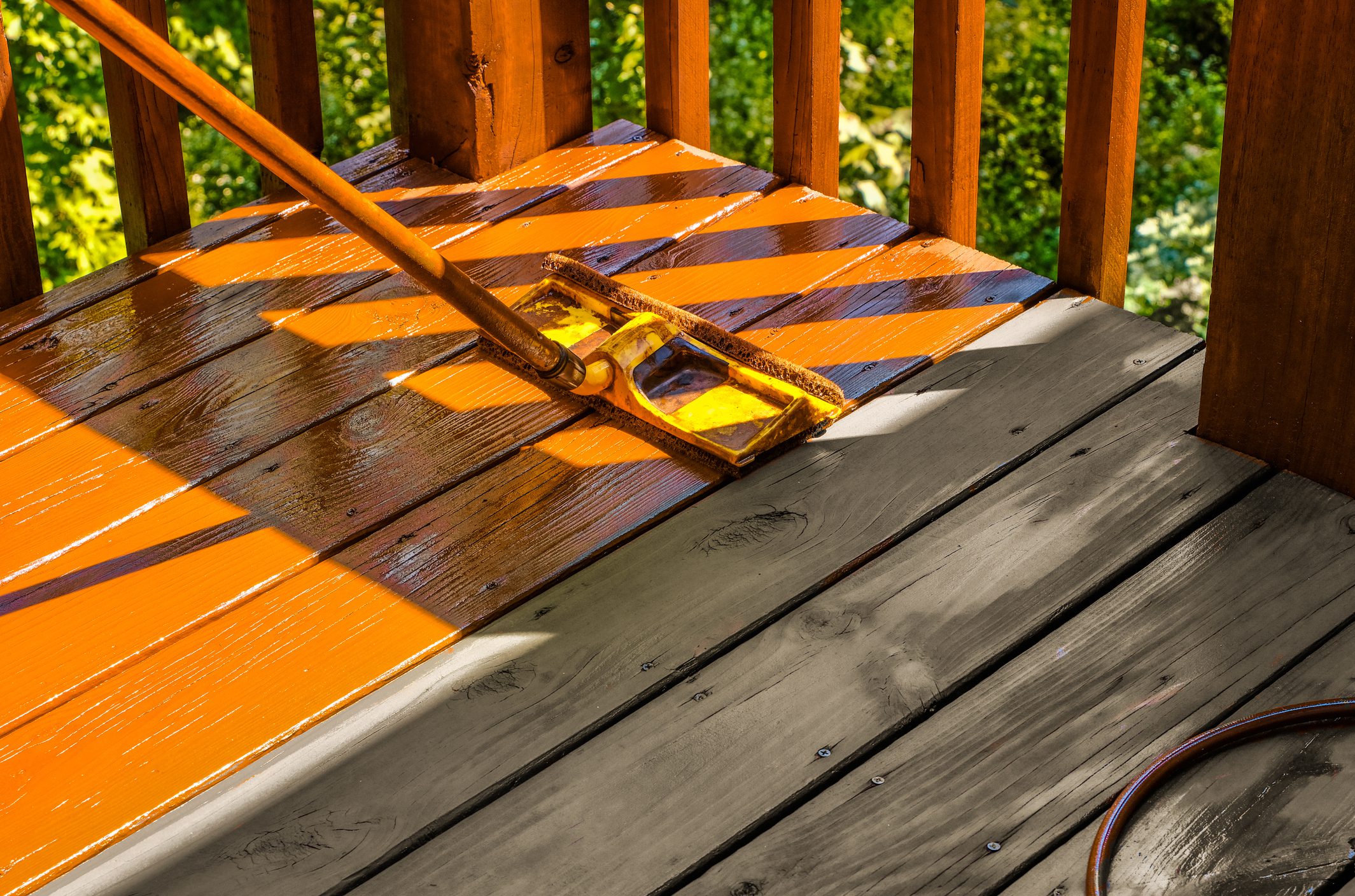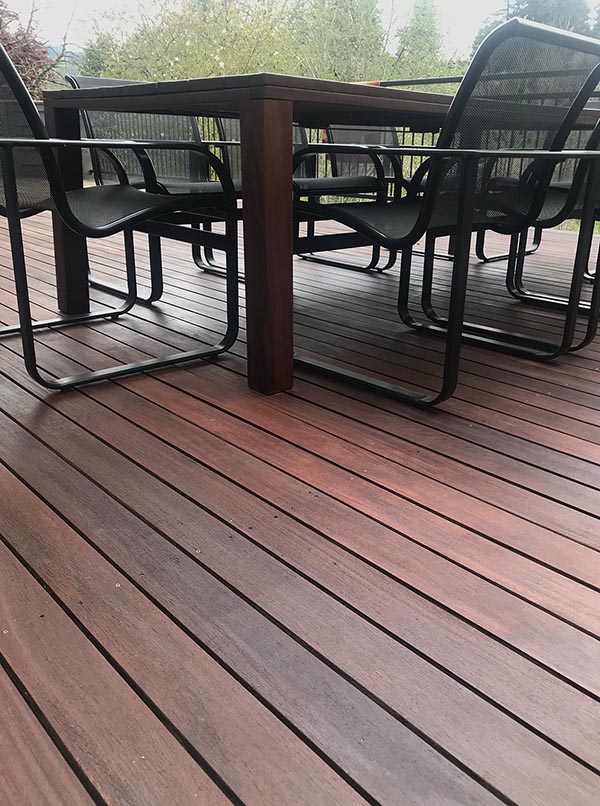Choosing the Right Discoloration for Your Fencing: Tips and Considerations
When it pertains to maintaining and enhancing the look of your fence, choosing the right tarnish is important. With a wide array of choices offered, it can be frustrating to figure out which stain will finest match your requirements. This overview will certainly supply you with suggestions and factors to consider to aid you make an informed choice. We will certainly explore the various sorts of fence spots, factors to think about prior to choosing a discolor, pointers for preparing your fence for discoloration, and the differences in between oil-based and water-based discolorations. Additionally, we will certainly dig right into selecting the ideal discolor shade to match your fencing and boost your outside space. By adhering to these standards, you can make sure that your fencing remains safeguarded and aesthetically pleasing for many years to come.
Recognizing Different Types of Fencing Discolorations

On the various other hand, water-based stains are made from acrylic or latex and offer a more subtle color to the wood. Water-based stains are simpler to clean up and have a quicker drying out time contrasted to oil-based spots.
Picking in between water-based and oil-based stains depends upon different aspects, consisting of individual choice, the desired look, and the level of maintenance required. Oil-based stains are advised for fence high-traffic locations or those constantly exposed to severe climate condition. fence staining and sealing. Water-based stains, on the various other hand, are a popular selection for fencings in household locations where look and simplicity of use are very important
Understanding the distinctions in between oil-based and water-based stains helps homeowners make an educated choice when choosing the right tarnish for their fencing. Thinking about the particular requirements of the fence, such as its location, direct exposure to sunshine, and preferred aesthetic, will make certain that the picked discolor offers durable protection and enhances the overall appeal of the fence.
Variables to Think About Before Selecting a Stain

Various kinds of wood absorb stains in a different way, resulting in varying degrees of color strength and durability. In addition, certain woods might be much more vulnerable to problems like rot or insect infestation, which may impact the selection of discolor to maintain the fence and shield.
The climate and climate condition in your area should likewise be taken right into account. If you stay in a location with extreme winters months or high moisture, you might need a discolor that offers extra security against wetness and UV rays. If your fence is subjected to guide sunshine for long periods, a tarnish with UV inhibitors can aid avoid fading and discoloration.
Finally, it is essential to consider your preferred visual. Various stains use various shades and finishes, enabling you to personalize the look of your fencing (deck staining). Consider the total design and style of your residential or commercial property, along with any kind of local laws or house owner association guidelines that may dictate the acceptable tarnish colors
Tips for Preparing Your Fence for Discoloration
Cleaning the fence is a crucial action as it gets rid of dirt, gunk, and any kind of previous layers that may conflict with the discoloration process. Rub the surface delicately, paying additional attention to locations with stubborn discolorations or mold and mildew.
After cleaning, allow the fencing to completely dry completely. deck staining. This step is vital as discoloring a moist or damp surface can result in inadequate bond and an uneven coating. Depending upon the climate problems, it may take anywhere from a couple of hours to a few days for the fence to dry completely. Ensure that the fencing is totally dry prior to waging the staining process.
Before staining, examine the fencing for any problems, such as loose boards or nails. Repair any kind of issues to make certain that the fence is structurally sound. Additionally, think about applying a timber conditioner or brightener to the surface. This product aids to open the timber pores, allowing the stain to permeate more effectively and equally.

Comparing Water-Based and oil-based Spots
When choosing a tarnish for your fence, it is essential to compare the characteristics and benefits of oil-based and water-based spots. Both sorts of stains have their very own advantages and considerations, so it is important to recognize the differences between them.
Oil-based stains are recognized for their resilience and resistance to use and tear. Furthermore, oil-based spots have a tendency to last longer than water-based spots, making them a prominent choice for fences.
On the other hand, water-based spots are a lot more environmentally pleasant and much easier to tidy up. They have a lower VOC (unstable natural compound) content, which suggests they release less hazardous fumes right into the air. Water-based spots additionally dry much faster, allowing for a quicker application and much less downtime. They may not provide the same degree of protection as oil-based spots, particularly in rough climate conditions.
Ultimately, the choice in between oil-based and water-based stains depends upon your particular needs and choices. Take into consideration variables such as toughness, environmental visit this website influence, and ease of application when making your decision. Consulting with a professional or looking for referrals from specialists can also assist make sure that you pick the best tarnish for your fence.
Choosing the Right Discoloration Shade for Your Fence
The choice of an ideal stain color for your fencing is an essential facet of improving its aesthetic appeal and complementing the overall style of your outdoor area (deck cleaning). The best discolor color can transform a plain, average fence into a striking prime focus that includes deepness and personality to your home
When choosing a tarnish shade for your fencing, it is essential to think about the style and style of your home. If you have a traditional or standard design home, natural tones such as neutrals and browns can create a warm and inviting look. On the other hand, if you have a contemporary or modern-day home, you might think about choosing vibrant and dynamic colors that make a declaration.
An additional element to think about is the natural environments of your home. If you have a great deal of plant, a tarnish color that complements the natural landscape, such as eco-friendlies or crimsons, can develop a cohesive and harmonious look.
Additionally, it's worth thinking about the upkeep needed for various discolor shades. Lighter shades often tend to reveal dust and put on even more conveniently, while darker shades can conceal imperfections and require less frequent touch-ups.
Ultimately, the choice of stain color for your fence should reflect your personal style and choices - deck staining. Make the effort to discover different options and seek advice from with experts if required, to make sure that you choose the perfect discolor shade that enhances the elegance and appeal of your fence
Final Thought
In verdict, when it comes to selecting the ideal stain for your fence, it is vital to recognize the various types of discolorations readily available and think about elements such as resilience and desired look. Choosing the right tarnish color can enhance the total looks of your fence.
We will check out the different kinds of fence discolorations, aspects to consider prior to selecting a stain, pointers for preparing your fence for discoloration, and the differences in between oil-based and water-based discolorations.Setting apart between water-based and oil-based spots is essential when recognizing different kinds of fence discolorations. Water-based stains are less complicated to clean up and have a much faster drying time contrasted to oil-based stains. In addition, oil-based stains have a tendency to last longer than water-based stains, making them a prominent choice for fences.
In verdict, when it comes to choosing the appropriate stain for your fencing, it is important to comprehend the various types of spots available and think about variables such as resilience and wanted look.